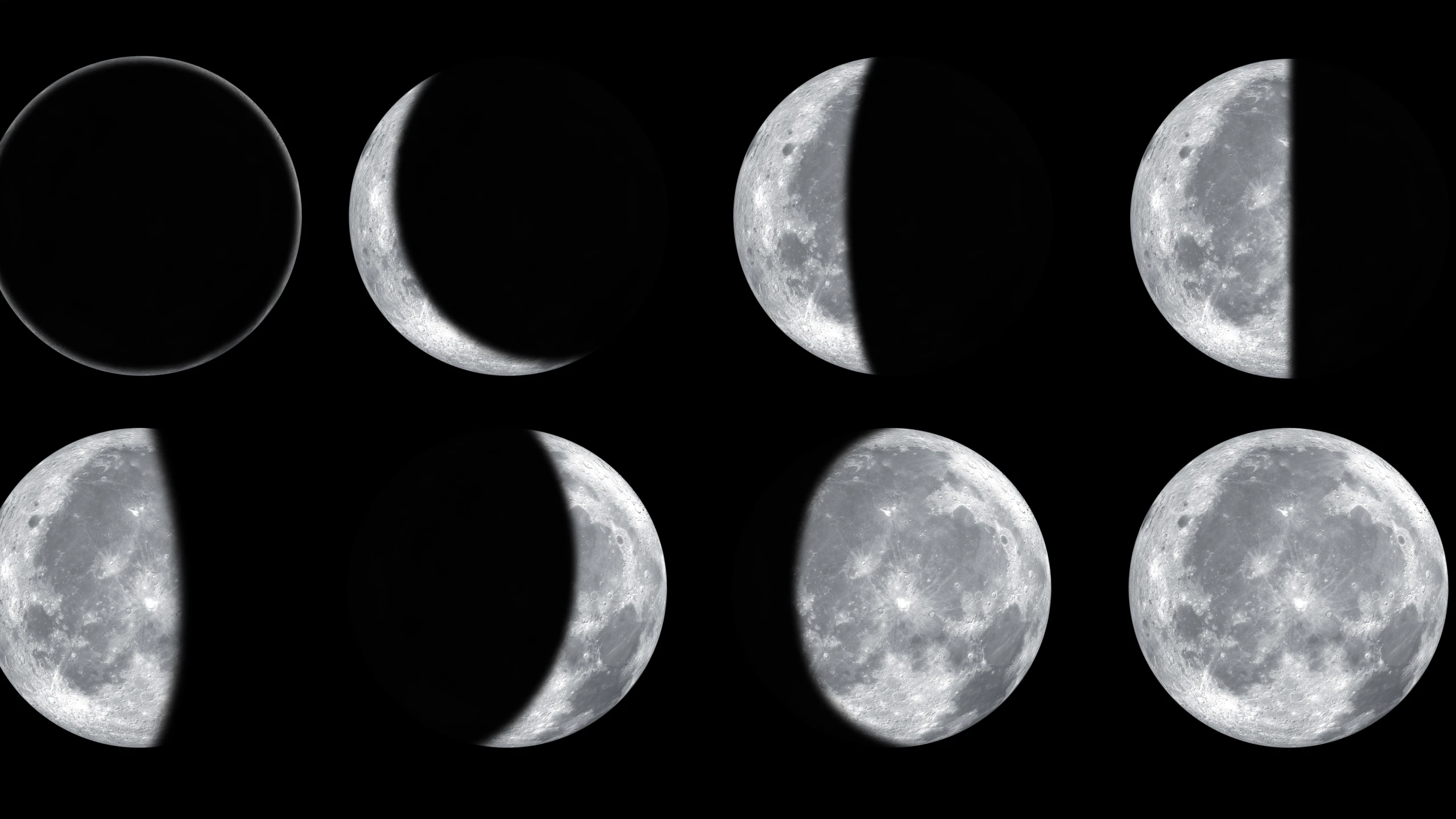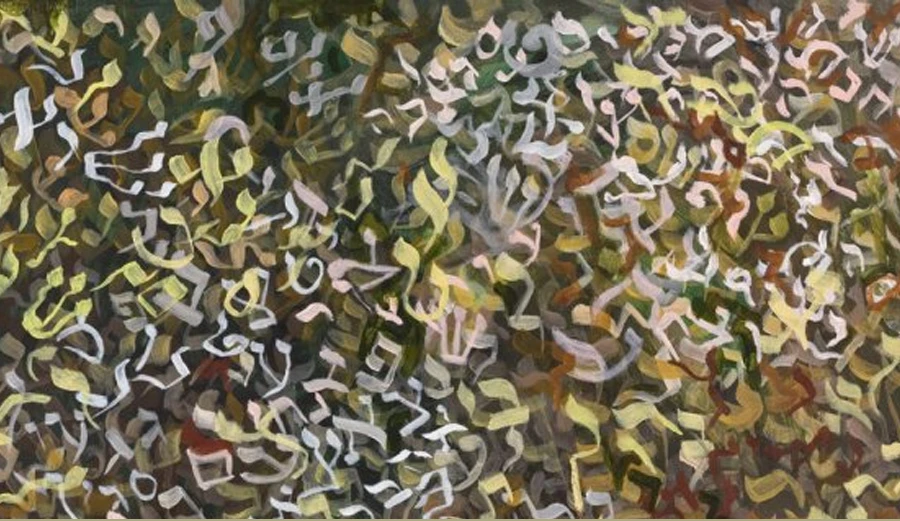Can You Make Sense of Your Life? How Mordechai Transformed Esther
At the End of the Story, Is Esther a Tragic Figure?
Purim Class
- February 26, 2017
- |
- 30 Sh'vat 5777
Rabbi YY Jacobson
5072 views- 7Comment
- Call-in
Listen to the class on the phone
Call +1 (845) 201-1933
When prompted, dial the ID number below.
4115 MP3 MP4 Source Sheets - Copy Embed
Leilu Nishmat Reb Eliyahu Tzion ben Reb Chananya Niasoff ז"ל
And in the merit of our partner in Torah Yigal Yisroel ben Sofia שיחיו
Class Summary:
Thic class was presented on Sunday, Rosh Chodesh Adar 5777, Feb. 26, 2017, at Ohr Chaim, Monsey, NY.
How did Mordechai persuade Esther to sacrifice her life? At first blush, the rationale he offers seems to digress from strong to weak. Mordechai’s argument consists of three points. We would expect the third point to offer the greatest motivation for her to go into the king. Yet his third point seems weak relative to the former two points.
At this incredibly dramatic, fateful point in the Purim story, Mordechai seems to waver. “Who knows?” he says. Mi Yodea? Maybe this is the reason you became queen, but maybe not. These aren’t really the words you’d want to hear before marching off into the jaws of death. It isn’t quite Patrick Henry’s “Give Me Liberty or Give Me Death.” Couldn’t Mordechai have come up with anything a little more rousing?
Do you see a pattern in your life? Do you recognize a rhythm? Can you perceive a plan, a plot, a story line? Can you answer what is the ultimate mission of your life? Why did your soul descend on earth? What are you meant to accomplish? Should you even try to answer the question? If you had a chance to ask G-d this question, what do you think He would answer you?
Was Esther a tragic figure? At the end of the story, the Jews are saved, but she remains stuck in the palace, married to a drunk, spineless tyrant. How did Esther see her live? How should we see ours?
This class is based on an address (a Sicha) by the Lubavitcher Rebbe presented on Purim 5722-1962. It explores a medieval dispute over the rationale behind Mitzvos, and understanding G-d’s motives for creating the world. With these ideas, we unlock the meaning of a key exchange between Mordechai and Esther, and thereby discover a new approach to understanding and making peace with the story of our lives. We gain insight into the reason this holiday is called Purim, representing the casting of lots, where there is a mitzvah to drink till “you do not know,” why we cast lots on Yom Kippur on two twin goats ending up in opposite places, and why the Prophet Elijah cast lots on two bulls to send one to the idols and one to G-d.
Tags
Categories
Purim Class
Rabbi YY Jacobson
- February 26, 2017
- |
- 30 Sh'vat 5777
- |
- 5072 views
Leilu Nishmat Reb Eliyahu Tzion ben Reb Chananya Niasoff ז"ל
And in the merit of our partner in Torah Yigal Yisroel ben Sofia שיחיו
Classes in this Series
Please help us continue our work
Sign up to receive latest content by Rabbi YY
Join our WhatsApp Community
Join our WhatsApp Community





Please leave your comment below!
Anonymous -2 years ago
Thank you for your articulate and clearly explained lofty shiur. I enjoyed it a lot. Where can I find the original שיחה?
Reply to this comment.Flag this comment.
Anonymous -2 years ago
I found it here: https://he.chabad.org/library/article_cdo/aid/2989220
Reply to this comment.Flag this comment.
isaac -6 years ago
Three Terms
f I may add to your חידוש (it might be what you wanted to say) that the 3 phases (ideas) which Mordechi gave to Ester can be divided like this as well, the first thing was ממקום אחר which that is מה טוב חלקינו the second thing was ואת ובית אביך תאבדו which that is מה יפה ירושתינו and the 3rd is מי יודע which that is מה נעים גורלינו.
And that's the only way how I can continue living my life with joy and peaceful with God is when I really understand all 3 and especially about my גורל!!
BTW the vort about how people think by age 20, 40 and 60 I heard from r' Avigdor Miller, when I was maybe 10 years old and I remember that he repeated it from someone and he said that the first 20 years people are busy thinking what other people think. The next 20 people are busy not to care what other people think. And the next 20 they find out that no one ever cared about them, then he said that he would add to this that today there is another 20 (after 60) which people are asking others to care about them.
Reply to this comment.Flag this comment.
Yosef -6 years ago
twins
I usually love your shiurim. This one however, has at least one major flaw. The Sfas Emes means identical twins, not fraternal twins. Obviously, a father and mother cannot be identical! There is no reason t discuss the feasability of twins being parents, since fraternal twins are not anymore likely to be similar-looking and sounding than any siblings.
Reply to this comment.Flag this comment.
Anonymous -6 years ago
Point very well taken, thanks very much. Your point is that the Sefas Emes means that while goats can be identical twins and thus look alike, twins of opposite genders are not identical twins, but fraternal twins, and hence they will not appear identical more than two siblings. Hence, for the Ben Sorer Umoreh it will not work, because his father and mother are of two opposite genders.
Yet, I think that my points holds merit, perhaps. For two reasons.
Fraternal twins are as alike as any two siblings. They may look very different. They can have different hair color, eye color, stature, and personalities. Or, they may indeed be so similar that they are assumed to be identical, just as some siblings would be remarkably indistinguishable, if only they were the same age. Since this father and mother are the same age, it may work even if they are fraternal twins.
Also, as we know, in rare instances, identical twins can change to become a male and female pair. This occurs when one half of the split fertilized egg loses a copy of its genetically encoded Y chromosome. This error generally happens early on the pregnancy. Though she will in most cases be infertile, I think there are rare instances where she may have the ability to reproduce. Hence, if they marry, these identical twins can produce the ben sorer umoreh.
What do you think?
Reply to this comment.Flag this comment.
yosef jacobson -6 years ago
I just wanted to let you know that in the rare case of identical twins with one male and one female, it would seem the female would be infertile: (You didn't have any doctors in the audience? I guess they'd maybe have to be a geneticist too because this is not necessarily common knowledge!)
From https://www.reference.com/s...
This would challenge much of what you have said.
A twin boy and girl may be identical, according to a study found on NCBI, although this situation is very rare. Usually identical twins share the same gender: they are either a pair or boys or girls. In rare instances, however, identical twins form from an egg and sperm that begin as males (sharing XY chromosomes) then change to become a male and female pair. This occurs when one half of the split fertilized egg loses a copy of its genetically encoded Y chromosome. This error generally happens early on the pregnancy.
The babies that form include one defined male, who has the proper XY chromosomes required to create male reproductive systems and traits, and a female with XO chromosomes. Although categorized as female, the girl in the dual-sex pair exhibits outward traits of the female gender but carries only one copy of the X chromosome, rather than the XX chromosome used by biologists to classify females as such. Furthermore, the female child often lacks the hormones needed to grow properly and reproduce; as a result, she will be much shorter than the male and lack proper ovarian development. The official term for this condition is Turner Syndrome. It is quite rare and affects very few pairs of twins.
ANOTHER INTERESTING CASE:
If two identical male twins marry two identical female twins, their children are genetically siblings. Still not going to be identical as per the ben sorer umoreh. But you could have cousins who look very very similar in this case, as close as siblings could be.
Your very avid listener.
Reply to this comment.Flag this comment.
azoz -7 years ago
hi I'd like to know if there any trusted version for Torah in Arabic or English?
Reply to this comment.Flag this comment.
Katz -7 years ago
Thank You for such an important topic we all need to hear ("derhern") today.
I would like to bring out, its very interesting that when the Alter Rebbe writes in Tanye (32) about the Jewish soul that's in every Jew. He say these words; ...״מי יודע״ גדולתן ומעלתן !
Reply to this comment.Flag this comment.
rochel -8 years ago
Your Purim shiur was amazing. I love the way you expressed all my questions. Somethings I will never know. Also why a bais yakkov girl has to deal with certain garbage Always bothered me. To now know that that is exactly where she is suppose to be is unbelievable. It takes away a lot of my need to judge who is better than me who Am I better than. We don't know. It was unbelievable.
Reply to this comment.Flag this comment.
Deborah Tm -8 years ago
The connexion with the rebelious child??? Please.
Reply to this comment.Flag this comment.
Rabbi YY Jacobson -8 years ago
We were explaining the distinction between the two goats of Yom Kippur which needed to be identical, to the parents of the rebellious child which have to be identical and thus we say it never happened nor will it ever happen.
Reply to this comment.Flag this comment.
Deborah Tm -8 years ago
Thank you for the repply. I thaught there was also a connection with " mi yodea" ...
Opprtunity to Thank you for all the classes.
No words would express all the grattitude.
עלה והצליח
Reply to this comment.Flag this comment.